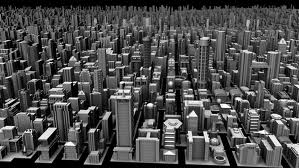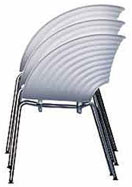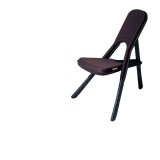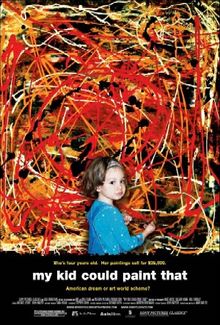
“What can be done with one substance must never be done with another. No two buildings have the same purpose. Nothing can be reasonable or beautiful unless it is made by one central idea…A building is alive, like a man. Its integrity is to follow its own truth…and to serve its own single purpose…The Parthenon did not serve the same purpose as its wooden ancestor. An airline terminal does not serve the same purpose as the Parthenon.”
From Ayn Rand’s The Fountainhead (1943).
The High Museum of Art in Atlanta hosted an exhibit this past summer called “Modern by Design.” It was much unlike the traditional art exhibition as it did not feature paintings on canvas or linen nor did it house a single marble statue in its rooms. It did, however, house many items that one does not traditionally associate with art; things like Tupperware, a radio, or a ball-bearing. This can be blamed on the true purpose of the exhibit: to showcase the genius design in our own creations rather than indulge in our mastery of painting and sculpting.

The greatest emphasis was on the compact and minimalist nature of the design of the objects displayed. Tupperware was praised for its easy storage ability while the aforementioned radio could be folded in half for its own storage; the ball-bearing on display was a feat of design – it was not only its most efficient form, but also its smallest. All of these reflected the nature of our own design: we are designed for a purpose with nothing in excess; we are machines of great efficiency compressed into our own forms.

Over the years, it has become increasingly important that humans retain their own sense of a purpose that they cannot see. Judging by the way we are all designed differently, our individuality alludes to a unique destiny for everyone. While we dress to stay within the constrictive confines of modern fashion, it is easy to forget the truer freedoms of immortal design.
In the above, quoted novel by Ayn Rand, architects around the world have accepted the past styles of the Renaissance to be the most high form of art in building design. Thus all buildings (even post offices and bus stops) are created with elements of the old styles: pillars, domes, stained glass windows, etc.. That habit of adding those vestigial structures to buildings can be equated to pinning feathers and leaves to a person – it is completely useless and mocks ourselves.

The act of design is not often thought to be a form of fine art in itself. Often, the more modern works of art appear to have little focus in their design. Indeed, after watching the 2007 documentary My Kid Could Paint That I too find the true meaning behind the splattering of paint on canvas to hold little focus in its own creation. Director Amir Bar-Lev investigates a four year old child’s abstract painting abilities. There is much footage featuring the child, Marla Olmstead, being given a large, blank canvas and a set of paints and brushes followed by her smearing the pigments all over the canvas in a number of barbaric ways. These canvases were auctioned off for hundreds of thousands of USD at art shows. In a later interview with a buyer, a man who just bought a canvas explains that he conceived in his mind the mental image of a door with a man peering through it in the painting. It goes without saying that in no way could a four year old child who lacks even rudimentary speech could intend such things, and yet her mindless antics are equated to the works of modern art featured in great museums around the world.

Ayn Rand was the first to bring about the idea of modern art’s truer form in 1943, but because her philosophy was not then widely studied, it was easily passed over. Now it seems to ring louder than before in our ears. The now common mental image brought about by the term “Modern Art” is that of abstract colorings of canvases and we believe there to be some meaning nestled deep inside for us to find. On the other hand, Rand believed that art had changed drastically by the 1940’s. It is indicated in the first quote that Rand believed the static arts of sculpting and painting were arts as interpreted by past cultures now extinct; that now our modern culture should seek art in our own common works as they are more of ourselves than anything else we make for they serve as extensions of our own persons rather than being wonders to behold but never touch.


Leave a Reply